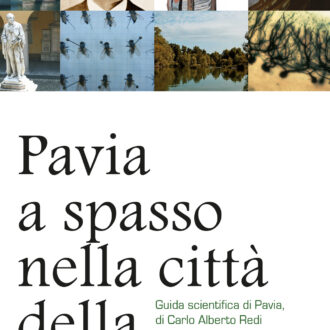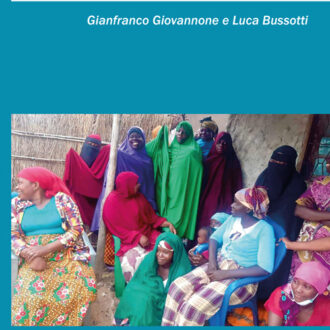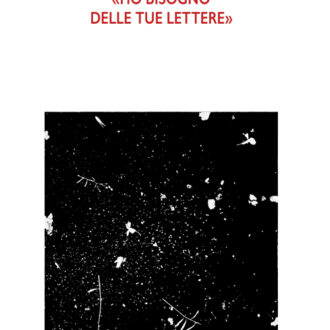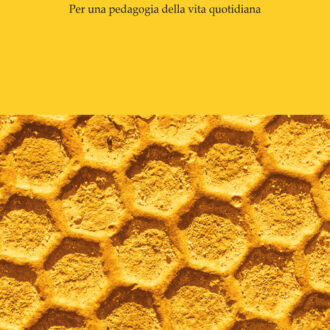ABSTRACT
In the context of histories of cross-cultural encounter in contemporary migrant communities, my study explores the figure of the migrant in one of Paul Carter’s “translations” of Italy: namely, Baroque Memories (1994). A sustained focus of Carter’s work is the exploration of intercultural communication, as well as other kinds of engagement – notably acts of memory – that draw different cultures and languages together, with respect for diversity at their core. Such forms of engagement can generate lingua-cultural encounters and clashes that have potential to generate new beginnings, and more or less hybrid spaces and identities. Moreover, all forms of intercultural communication and interaction can create, enforce and undermine power. UK born Carter (1951-) moved to Australia from the UK in 1980, after spending a number of years in Italy. In 1994 he produced his ‘anti-novel’, Baroque Memories (Memorie barocche, Italian translation with preface by Antonio Tabucchi, 1998), a work that attempted to renarrate the mental geography of the migrant as a vortex rather than as a line. This work explores the vicissitudes of migrant identity-making through a dreamlike juxtaposition of the architectures of Brunswick (in Melbourne, Australia) and Lecce, a baroque city located south of Bari in ‘the heel’ of Italy. The act of remembering in relation to the migrant’s experience in the new country is closely explored in Baroque Memories. The title alludes to the activity of memory as a matter of inventing or creating something strangely new. One of the ideas Carter developed there is what he calls ‘the disponibilità of the migrant’; he explores the origin of cross-cultural encounter, asserting that the multi-channel communication performed by the migrant (mimetic, gestural, macaronic) recapitulates the beginning of all communication. Instead of seeing the adaptive strategy of the migrant as secondary, or reactive, Carter contended that the suspension of certainty, and the associated imperative to find common ground, recapitulated the origins of cross-cultural encounter, and, perhaps, the primary scene of communication as such.
Nel contesto di storie di incontri interculturali in comunità migranti, il mio studio esplora la figura del migrante in una delle “traduzioni” dell’Italia di Paul Carter, Baroque Memories (1994). Fulcro del lavoro di Carter è l’esplorazione della comunicazione interculturale, come anche di altri tipi di azioni che avvicinano culture e lingue diverse, ponendo al centro il rispetto per la diversità. Tali forme di comunicazione e interazione possono generare incontri e scontri linguistici e culturali, e possono generare nuovi inizi, e identità e spazi più o meno ibridi. Inoltre, tutte le forme di comunicazione e interazione interculturale possono creare, rinforzare e minare il potere. Carter, nato in Gran Bretagna, si è trasferito in Australia nel 1981 dopo aver vissuto in Italia per diversi anni. Nel 1994 ha pubblicato Baroque Memories (Memorie barocche, traduzione italiana con prefazione di Antonio Tabucchi, 1998), un lavoro che mira a narrare la geografia mentale del migrante come un vortice e non come pocesso lineare. Questo lavoro esplora le vicissitudini di una identità migrante in divenire attraverso una giustapposizione ‘fantastica’ delle architetture di Brunswick (Melbourne, Australia) e Lecce, la città barocca situata a sud di Bari. Baroque Memories esplora l’atto del ricordare in relazione all’esperienza del migrante in un nuovo paese. Il titolo allude all’attività della memoris in grado di inventare o creare qualcosa di stranamente nuovo. Una delle idee che Carter ha sviluppato nel testo è la “disponibilità del migrante”. Carter esplora l’origine dell’incontro interculturale, affermando che la comunicazione multicanale messa in atto dal migrante (mimetica, gestuale, maccheronica) riassume l’origine di ogni comunicazione. Invece di vedere la strategia adattiva del migrante come secondaria, o reattiva, Carter afferma che la sospensione di certezza, e la necessità di trovare uno spazio comune, riassume l’inizio dell’incontro interculturale, e forse la scena primaria della comunicazione come tale.












Recensioni
Ancora non ci sono recensioni.